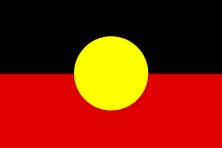News
Recent news
- 04 June 2025Anglicare Sydney welcomes delay to commencement of Aged Care Act
- 05 May 2025Anglicare congratulates the Albanese Government, stresses the need for urgent action on housing, cost-of-living and aged care
- 01 May 2025We have updated our Privacy Policy.
- 30 April 2025A city in crisis, where full-time, minimum wage earners have no affordable place to sleep


Anglicare acknowledges Aboriginal and Torres Strait Islander peoples as the original and ongoing custodians of the lands and waters on which we live and work.
Inspired by the gospel of reconciliation in Jesus Christ, Anglicare's vision for reconciliation is a nation in which Australia's First Peoples are restored in dignity, respect, empowerment and opportunity.
Inspired by the gospel of reconciliation in Jesus Christ, Anglicare's vision for reconciliation is a nation in which Australia's First Peoples are restored in dignity, respect, empowerment and opportunity.

